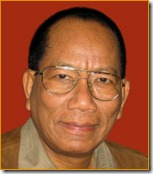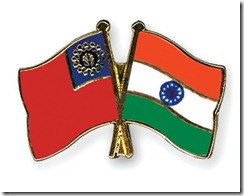ASEB network takes a beating
By Anupam Bordoloi

Guwahati, Apr 27 : The Assam State Electricity Board’s transmission and distribution network has taken a heavy pounding from the cyclonic storms over the past one month, resulting in losses to the tune to nearly Rs 35 crore, according to initial estimates.
“The figure could go up once we are done with making a full estimate of the extent of damage to our network. The initial estimate is based on a preliminary study,” power minister Pradyut Bordoloi told The Telegraph here today.
Other states of the Northeast, too, have faced nature’s fury with Meghalaya, Manipur and Arunachal Pradesh’s power infrastructure taking a severe beating.
Assam, in particular, has witnessed an unusually stormy April this year, with powerful Nor’westers whipping up storms frequently over the past few weeks, resulting in heavy loss of life and property. The most devastating cyclonic storm occurred on Saturday evening across several places in lower Assam, including the capital where the wind speed crossed the 100km/hour barrier. Six were killed in the state on Saturday, two in Guwahati.
A senior ASEB official based in Guwahati said the storms have uprooted transmission towers, snapped cables with trees falling over them and damaged transformers. “Though we have restored power in almost all the affected areas, these are only on a temporary basis. We will need around two-three months to complete permanent restoration,” the official added.
While innumerable posts carrying 33KV lines have been uprooted across the state, big transmission towers of 120KV and 240KV, too, have been uprooted in places like Tinsukia and Goalpara.
In fact, the power minister’s home constituency, Margherita, is one of the worst affected areas. Arpan Saikia, deputy general manager of the Tinsukia electrical circle, revealed that nearly 150 poles have been uprooted in the Margherita division while in Digboi and Doomdooma, 100 and 150 poles have been uprooted.
In Karimganj district, too, cyclonic storms raging since April 19 have wreaked havoc, damaging the power supply system. District executive engineer of ASEB Dipankar Nath today said over telephone that a large network of transmission lines have been damaged in Patherkandi block in the Nor’westers during the past week.
The situation took another grim turn last night when another cyclone ravaged the Badarpur block on the Indo-Bangladesh border.
He added that though power supply to Karimganj town had been restored, many rural areas are still without power.
Goalpara deputy commissioner Prafulla Kumar Goswami said extensive damage had been caused to electricity posts and cables, disrupting power in the entire district since last night. “It will take another 48 hours to restore normal power supply,” he added.
In Dhubri, two major transformers and a 33KV tower have been damaged in the Gouripur police station area.
In Arunachal Pradesh, two 750KV and 500KV power cables snapped when the towers were uprooted in Dibang Valley on Saturday during a severe cyclonic storm. A power department official said supply to the district headquarters town of Roing has been severely affected and it would take a couple of days to restore power. Saturday’s storm also lashed parts of Lower Dibang Valley and Lohit, snapping power cables and posts.
In Meghalaya, the areas bordering Bangladesh have been affected badly by the series of storms raging through the state. “It will take a few days to restore power to the interior areas,” E.B. Kharmujai, a spokesperson for the Meghalaya State Electricity Board, said.
In Manipur, a 12-year-old boy was injured when he touched a live wire, which snapped after a severe storm on April 20 at Kumbi in Bishnupur.
Storm devastates Cachar and Hmarkhawlien kills three
SANTANU GHOSH

Silchar, Apr 27: A severe storm swept through Sonai and Dholai blocks of Cachar district in south Assam at a wind speed of 100km per hour last night, killing three persons and leaving a trail of devastation in its wake. Two more persons died in adjacent Hailakandi district when lighting struck them.
Another storm raged through the lower Assam districts of Goalpara and Dhubri last night, leaving imprints of destruction everywhere.
Chief minister Tarun Gogoi today announced an ex gratia of Rs 1 lakh to the next of kin of storm victims. Taking stock of the situation with high-ranking officials, he directed the departments to speed up relief and rehabilitation and asked the power and PHE departments to restore electricity and water in the affected areas.
In Sonai and Dholai, on the southeastern flank of Cachar along Assam’s border with Mizoram, hundreds of dwellings, trees, power posts and telephone poles collapsed in the storm that started around 7.45pm and pummelled the “granaries of the district” for half-an-hour.
Putul Rani Das, 34, her eight-month-old son, Mona, and Harendra Nath Roy, 42, a resident of Shuktala village, of Dholai died as their houses, made of wood, bamboo and corrugated tin roofs, were razed. Over 60 people were injured in the two blocks.
Sarabala Nath, 45, of Shuktala village could not stop crying as she surveyed her razed three-room dwelling, a district official, who visited the storm-affected areas this morning, said while narrating the distressing scenes he found everywhere. Official reports reaching here said a vast network of rural roads is also in a shambles with rubble of houses, trees and power poles blocking them.
In neighbouring Hailakandi district, Tajel Shah, 38, and his daughter, Rabia Begum, 14, were struck by lightning at Uttar Narayanpur village under Algapur block while scanning the cloud-covered sky from the verandah of their house last night.
With these, storm-related deaths in Barak Valley since April 19 have mounted to six. Harish Chandra Das, 22, of Katlicherra block in Hailakandi died when his house collapsed during a Nor’wester on April 22.
Storms, accompanied by heavy rain, also caused extensive damages in Karimganj district on April 19, razing about 700 houses and injuring about 50 people. At least three big landslides, triggered by rain, have blocked National Highway 44, which links south Assam districts, Mizoram and Tripura with the rest of the country via Meghalaya, and the rail link in these areas as many times since April 21. The metre gauge track in the hill section of the NF Railway, blocked since Saturday’s landslide, is likely to be reopened by tomorrow.
The season’s first wave of floods inundated Dullavcherra in the district on April 22, washing away at least 50 houses following a breach of an embankment of the Longai.
The lower Assam districts of Goalpara and Dhubri also bore the brunt of storms last night. Goalpara deputy commissioner Prafulla Kumar Goswami said extensive damages were caused to electricity posts and the main power line, plunging the entire district in darkness since last night. Forest guards and ASEB staff are working round-the-clock to restore power supply. “It will take another 48 hours from now to restore normal power supply in the district,” he said.
Goswami said the monetary damage had not been worked out yet as all the ASEB officials and staff were in the field to restore power supply. An ASEB official, however, said the estimated damages so far amounted to Rs 2 crore. It might increase after a detailed ground survey.
Dhubri deputy commissioner Jatindra Lahakar said there was little hope of restoring power supply within a couple of days. Two major transformers and a 33kv tower have been damaged at Dumordoh and Laokhowa Beel in Madhusoulmari area under Gouripur police station and extensive damages have been caused to electric posts and the power line in Bilasipara and Dhubri sub-divisions, he added.
He alleged that poor quality of work executed by ASEB in many places had caused such extensive damage to the power line. He has urged senior ASEB officials to take stock of the damages in the district and issue spot instructions to restore the power line at the earliest. A hurried estimate prepared by the Gouripur ASEB division pegs the damages to around Rs 4 crore. The figure might shoot up after ground survey, sources said. Restoration of power supply is being done on a war-footing.
The director of the Regional Meteorological Centre at Borjhar, Hara Govinda Pathak, said the occurrence of thunderstorms in the state in this season was normal, but it was unprecedented this time.
“The RMC has undertaken a study to find out the exact causes of intensive thunderstorm activities by compiling and comparing data of rain and storm during March and April in the last 10 years. Such abnormal activities might be a side effect of global warming. The intensity of atmospheric instability and moisture in the air is also more this time, resulting in bursting of cumulonimbus cloud and heavy downpour with high speed storm,” he said.
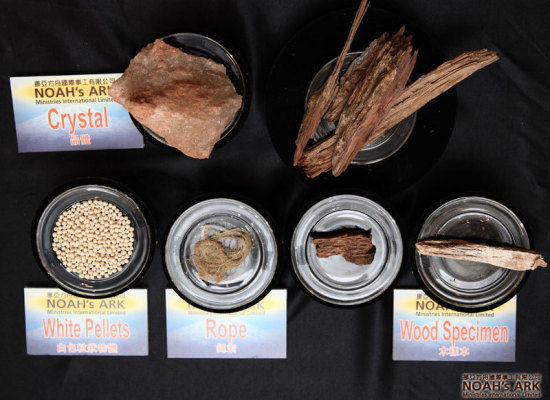
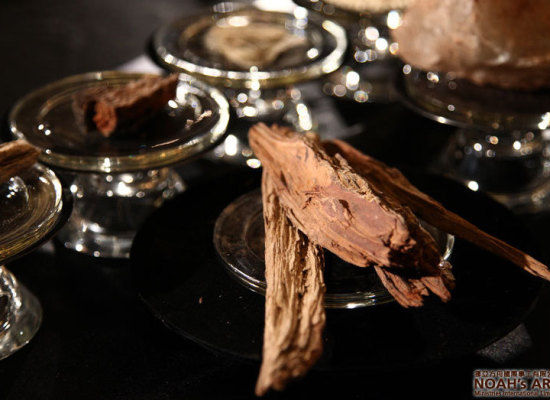
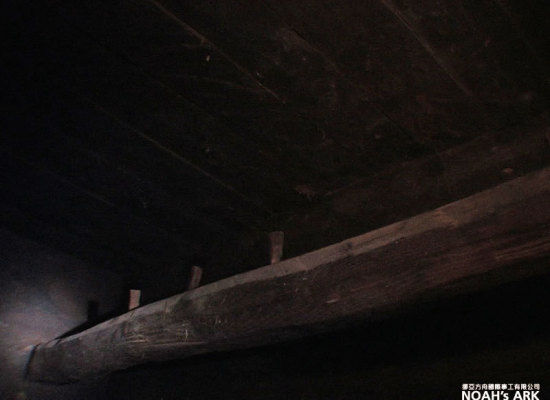
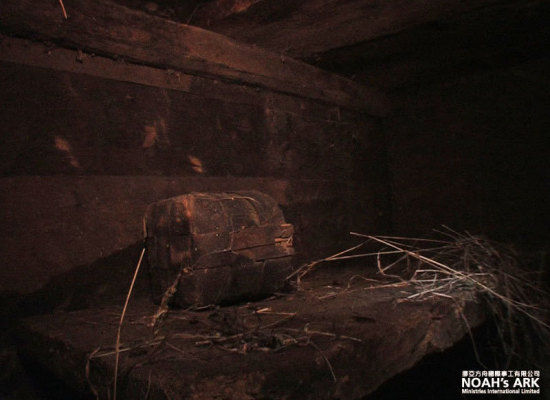
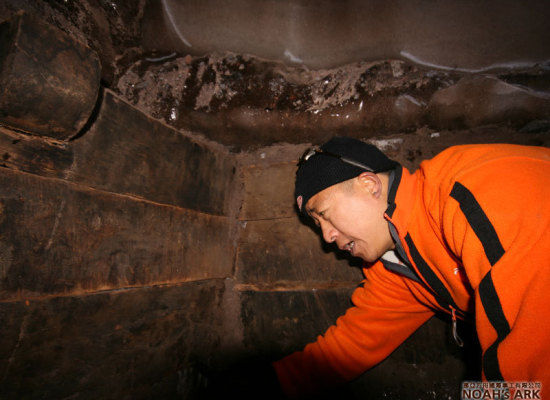
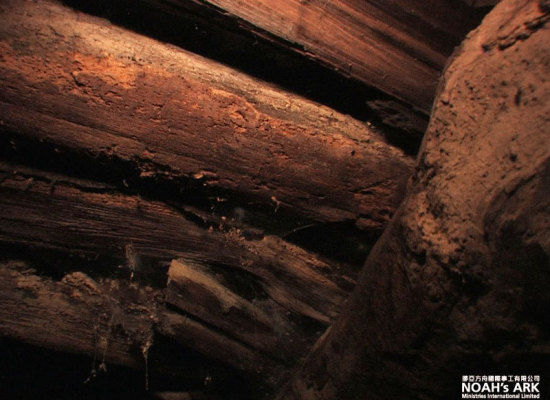

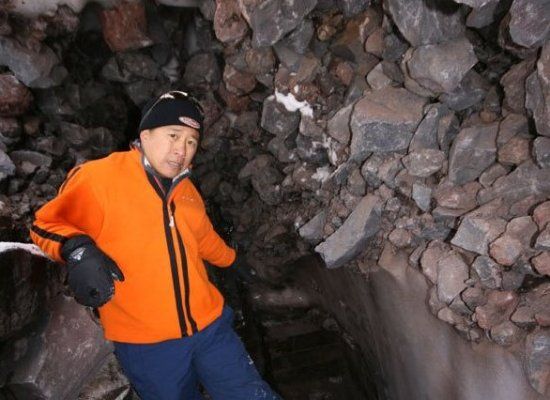













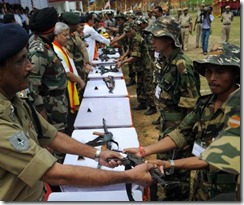

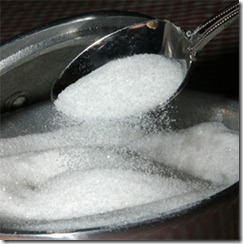
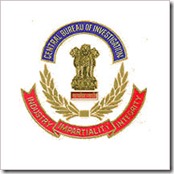 Sinlung
Sinlung





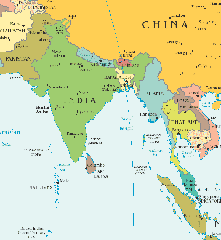
 Guwahati, Apr 27 : An NGO, ‘Asomi Rural Development Society’ has been devising various schemes for the overall development of rural traditional weavers dwelling in clusters including villages such as Makhibaha, Jalkhana and Kathalmura near Tihu in Assam.
Guwahati, Apr 27 : An NGO, ‘Asomi Rural Development Society’ has been devising various schemes for the overall development of rural traditional weavers dwelling in clusters including villages such as Makhibaha, Jalkhana and Kathalmura near Tihu in Assam. 

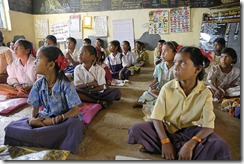



 By Nava Thakuria
By Nava Thakuria 